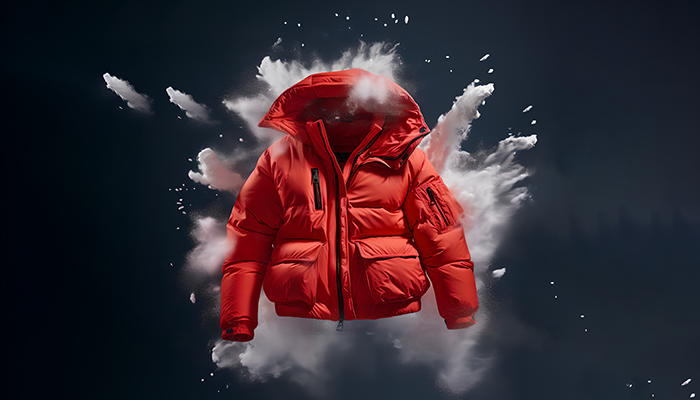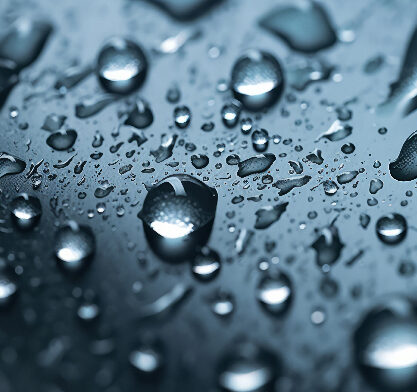Down proof technology is primarily utilized in products filled with down, such as quilts, pillows, and jackets. Down, with its tiny filaments and gaps, possesses excellent thermal insulation properties. These functions effectively hinder the flow of air, retain body heat, and enhance the overall thermal insulation effect. In the manufacturing of down jackets, down is commonly incorporated into the interlayer of the garment to create a down-filling layer. This design not only boosts thermal insulation performance but also ensures the garment remains lightweight and comfortable. To effectively down proof, key elements can be categorized into four main components: yarn selection, weave, density, and finishing. These factors influence the ability to keep down/feather in the garments and indirectly influence the thermal performance.
The Yarn selection
The Yarn selection is the basis. The thickness, smoothness, and texture of the yarn also play a crucial role in determining the gaps formed during the weaving process. Typically, people avoid opting for elastic or mechanically stretchable yarns in down proof fabrics. While elastic fabrics can enhance comfort during activities, their tendency to stretch creates gaps, exposing the down. The fine yarn helps prevent down lay bare shedding and maintains the integrity of the fill.
Weave structure
The structural design of the fabric affects the microspace density of the fabric. The tight structure is great for preventing down leakage; in the meantime, downproofing is bad when the microspace is looser.
Plain weave is the densest of all woven textures, which is the best for downproofing. Other textures such as twill, ripstop, and many kinds of dobby make the surface more fancy but cause gaps more easily, It needs more help to reach the down proof standard.
Density
Keeping down content is the most important thing in downproofing fabric, and density is the key factor in preventing down leakage. manufacturers typically measure density in counts of yarns per inch. The higher density means the yarn usage is more making the microspace less, and the possibility for down to escape is less.
Finishing
Downproof fabric is not only achieved by yarn, structure, and density, it also needs various post-process to enhance the function.
The most common method is cire, passing the fabric through a heated roller to compress the yarn and fiber closer to the microspace to make the structure more compact.
The coating applies a layer of glue to fill the gaps in the fabric, forming a thin film on the fabric to prevent down from passing through the gaps.
Most down-proof fabrics have a durable water-repellent ( SOLAPEL) function
Conclusion
In conclusion, down proof function requires multiple considerations, involving careful attention to yarn selection, woven design, fabric density and post-processing technology. The synergy of these elements ensures the longevity and effectiveness of down-filled products, providing users with reliable warmth and comfort.
You may also like





